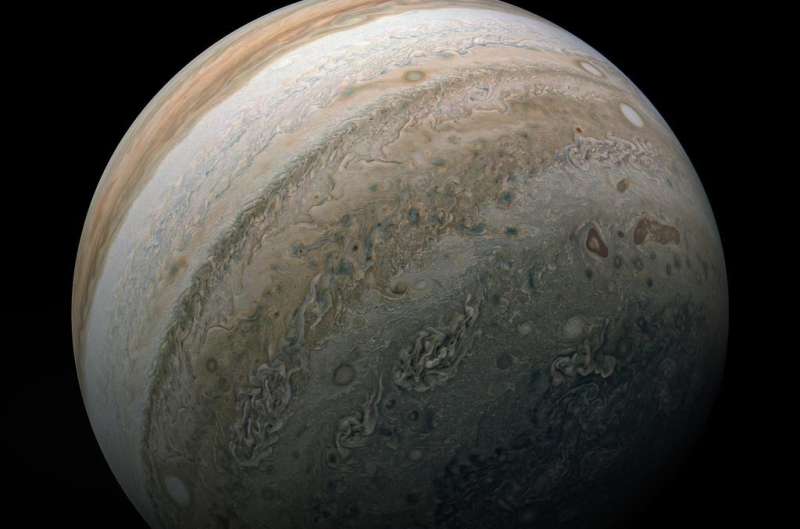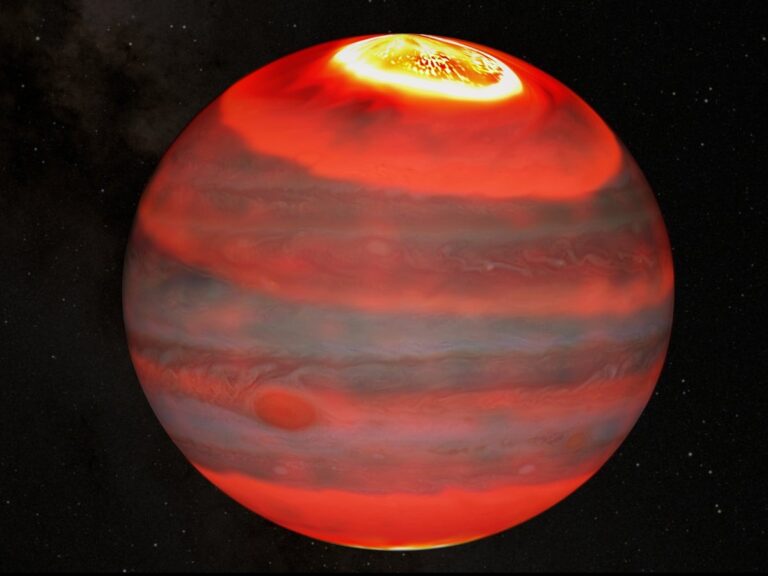Using NASA’s NuSTAR space observatory, scientists have seen a blast of high-frequency X-rays coming from the largest planet in the solar system, the highest-energy light ever detected from a solar system planet other than Earth, according to a NASA statement.
“It’s quite challenging for planets to generate X-rays in the range that NuSTAR detects,” said Kaya Mori, an astrophysicist at Columbia University and lead author of a new study about the finding published in the journal Nature Astronomy, in the statement. “But Jupiter has an enormous magnetic field, and it’s spinning very quickly.”
“Those two characteristics mean that the planet’s magnetosphere acts like a giant particle accelerator, and that’s what makes these higher-energy emissions possible,” she added.

The team found out that the high-energy X-rays coming from Jupiter were emanated because they were triggered by individual electrons colliding with charged atoms in the planet’s atmosphere and suddenly being slowed way down. This deceleration caused them to lose energy in the form of X-rays, a process known as “bremsstrahlung,” or “breaking radiation” in German.
The research could also give a reason why NASA’s Ulysses spacecraft, which launched in 1990, didn’t encounter any X-ray emissions from the planet.
“If you did a simple extrapolation of the NuSTAR data, it would show you that Ulysses should have been able to detect X-rays at Jupiter,” said Shifra Mandel, a Ph.D. student at Columbia and co-author of the paper, in the statement. “But we built a model that includes bremsstrahlung emission, and that model not only matches the NuSTAR observations, but it also shows us that at even higher energies, the X-rays would have been too faint for Ulysses to detect.”

“The discovery of these emissions does not close the case; it’s opening a new chapter,” said co-author William Dunn, a researcher at the University College London. “We still have so many questions about these emissions and their sources.”


